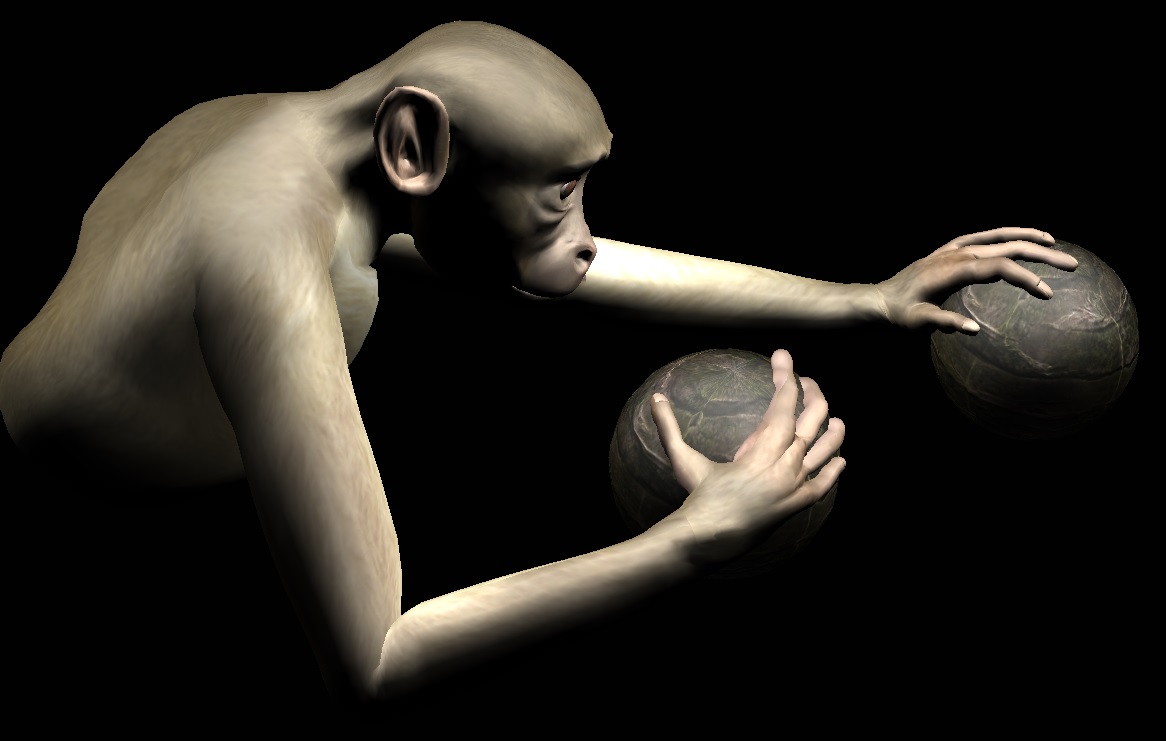James Cameron’s blockbusting film “Avatar” is coming back with a sequel ─ not only in 3D, but “live”this time. The actors of the real life version, however, are not a paralysed marine and his virtual copy (avatar) he controls with his brain, but rhesus monkeys. Still, the aim of the Duke University researchers who conducted the experiment in which the monkeys manipulated two arms of their virtual copies, is to develop prostheses for the handicapped which they could control with their brains. And the first prototype is being readied for the opening ceremony of the 2014 World Football Championship.
The brain-machine interface to restore mobility and sense of touch to millions of people with spinal cord injuries, was first developed, again at Duke University’s Neuroengineering Center in early 2000s, but since then only one extremity, either an arm or a leg, could be moved with signals from the brain. However, abilty to move two paralysed arms with directives from the brain is very important in terms of quality of life.
From writing on a keyboard to opening a can, tasks done with two hands are of critical importance, says Miguel Nicolelis, professor of neurobiology at the Duke University who led the study published in the November 6, 2013 issue of Science Translational Medicine.
In the study, researchers recorded the activities of neurons at different segments of the brain in order to be able to give the correct signals to the brain-machine interface for it to successfully coach two-handed actions.
The team then trained monkeys who see the realistically drawn avatar arms to put their virtual hands on the shown targets. The monkeys first learned to use the avatar hands with the aid of a pair of joysticks. In due course, they mastered the ability to control both arms of the avatar with their brains without using their hands. As the animals’ ability to control both hands improved, radical changes were observed at their cerebral cortices.
According to the researchers, the brains of the monkeys used in the experiment had incorporated the avatar arms into the picture they had formed about their bodies.
Professor Nicolelis, presents the findings as a contribution to the Walk Again Project which is an international collaboration to produce a brain-controlled prostheses. The project aims to demonstrate the first brain-controlled exoskeleton at the opening ceremony of the 2014 FIFA World Cup.
REFERENCES
- 1. “Monkeys use minds to move 2 virtual arms”, Duke University Medical Center, 6 Kasım 2013


